Think you know everything about your beloved 'succies'? They have so many botanical secrets to share that there are probably a few things even the most avid succulent lovers don't know!
It's time to discover some truly amazing facts about these resilient plants. Get ready to amaze your friends and deepen your appreciation for these desert jewels with these fascinating tidbits.
Hydrenchyma Tissue
Succulents are equipped with specialized cells known as hydrenchyma, which are adept at storing water. These cells, found in their leaves and stems, are their secret to surviving in dry conditions.
By regulating water usage during droughts, hydrenchyma cells enable succulents to endure when other plants might wilt.
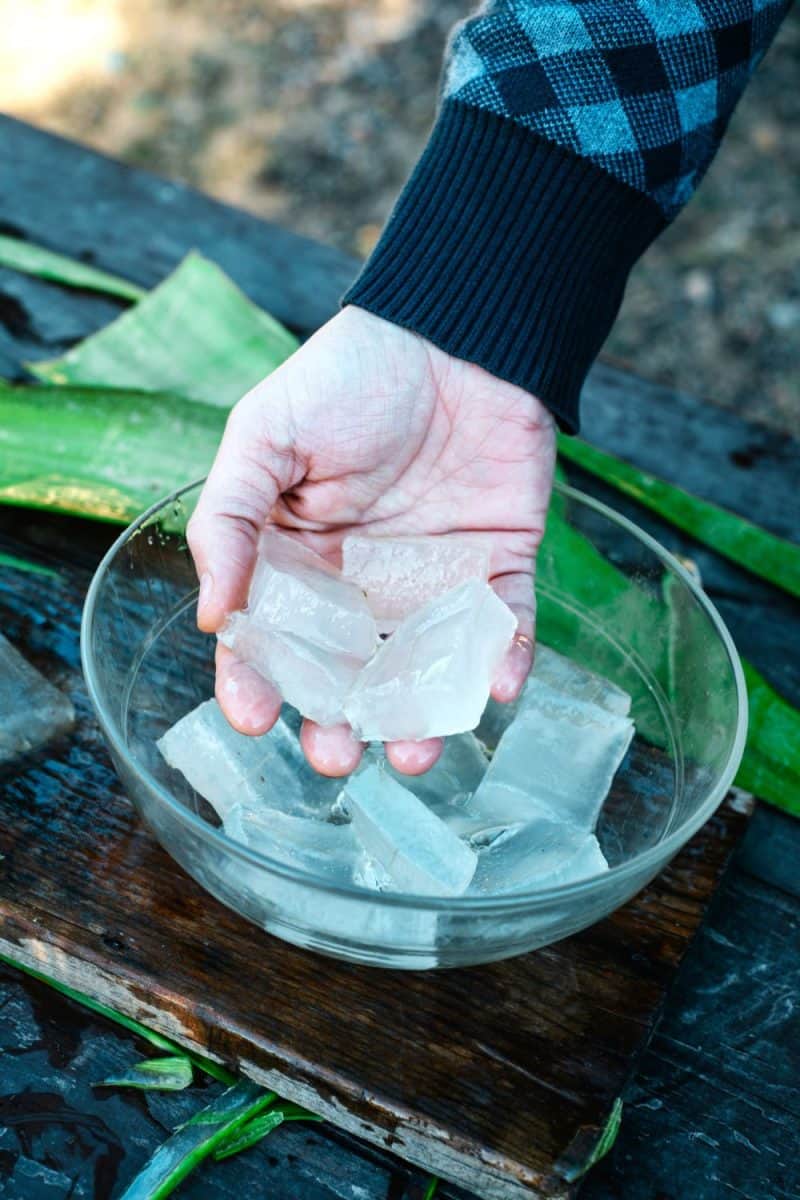
The thick, fleshy leaves of Aloe vera visibly demonstrate the water storage capabilities of hydrenchyma tissue. The gel inside the leaves is essentially the stored water, which is crucial for the plant's survival in arid environments.
Don't just go cutting off these gel-filled leaves. Read more: Beginner’s Guide to Pruning Aloe Vera Like a Pro
Farina – The Natural Sunscreen
Notice the powdery coating on some succulent leaves? That's farina, acting as a natural sunscreen.

This waxy, protective layer shields the succulents from intense sunlight and UV rays, preventing sunburn and moisture loss, a crucial adaptation for their sun-drenched habitats.
Epiphytic Lifestyle
Among succulents, some species, like certain Orchid Cacti, live an epiphytic life. They grow on other plants, not as parasites, but as opportunistic residents.
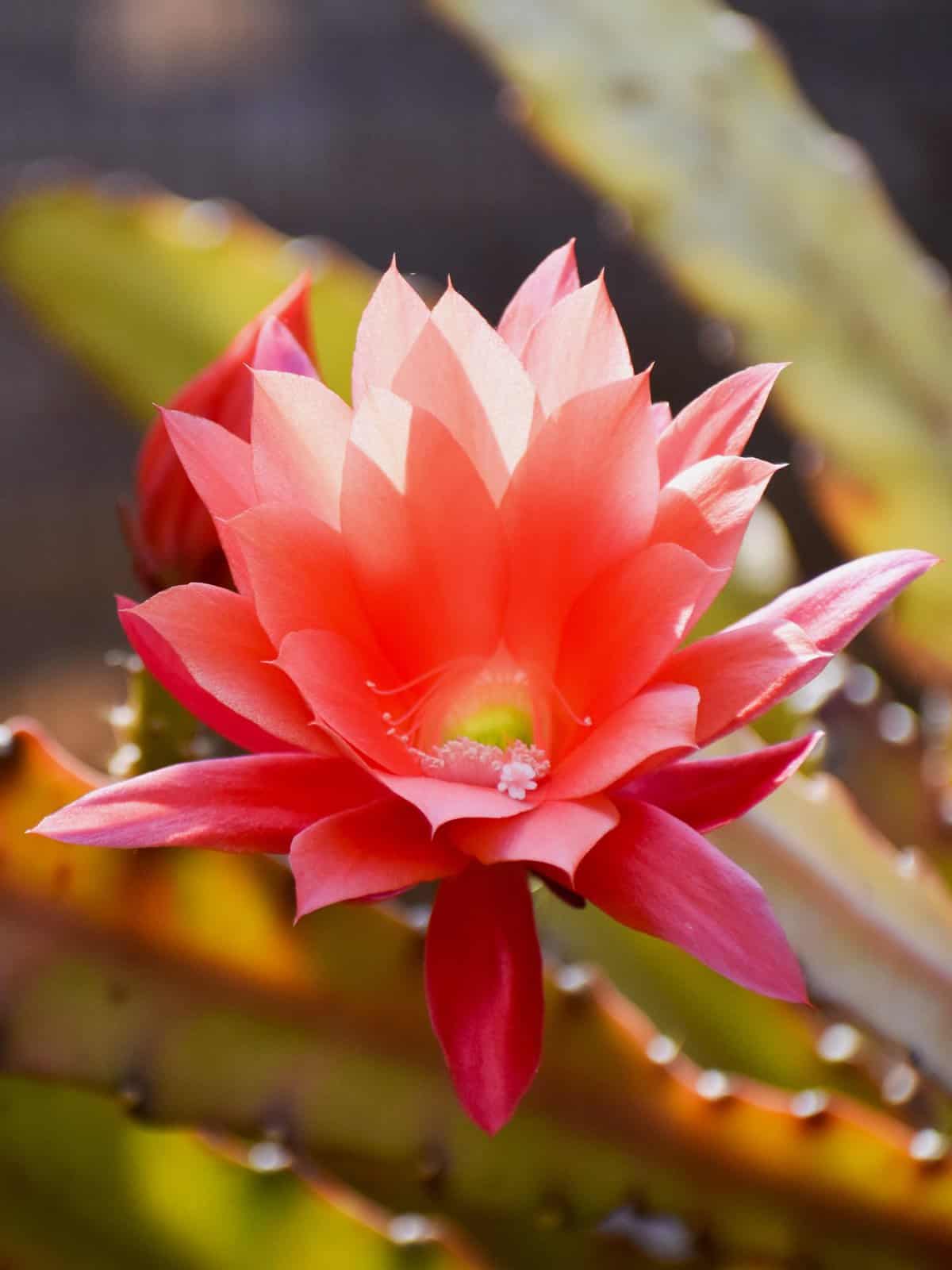
They gather moisture and nutrients from the air, rain, or surrounding organic material. This adaptation allows them to thrive in nutrient-poor, often elevated habitats like rainforest canopies.
Root Adaptations
Succulent roots are as diverse as the plants themselves. Some species, like the desert-dwelling Lithops, have deep taproots to access deep water reserves.

Others feature widespread shallow roots that quickly absorb surface water from light rains. This adaptability in root structure is key to their survival in varied environments.
Remember - succulents don't like a lot of water and are even more susceptible to root rot than your average plant. Read more here: How to Avoid the Danger of Poorly Drained Succulent Pots
Survival through Leaf Propagation
Many succulents can magically start a new life from a fallen leaf. When a leaf drops, it can sprout roots and eventually grow into a new plant.
This form of asexual reproduction is a testament to the resilience and self-sufficiency of succulents, making them a favorite among plant propagators.
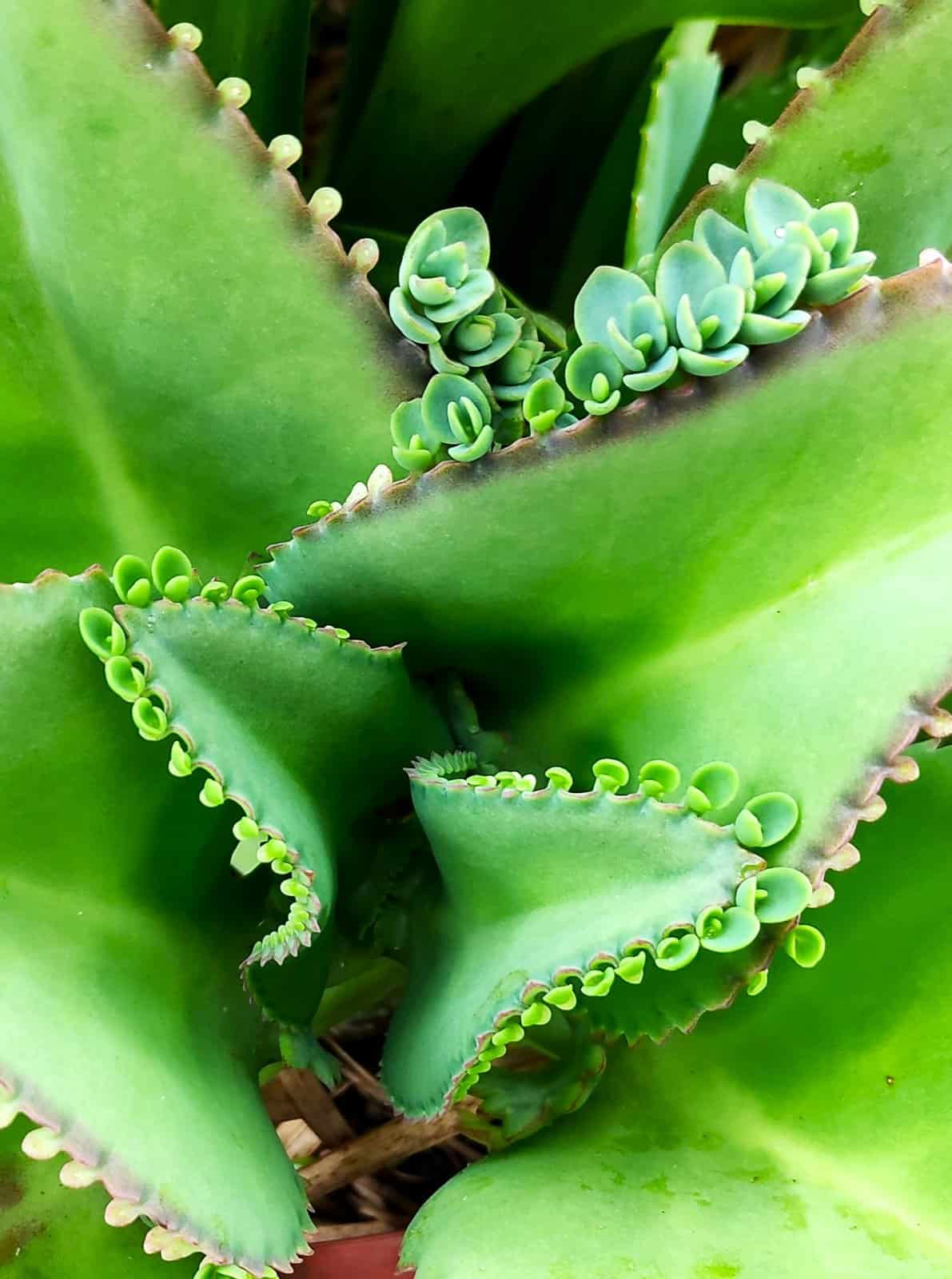
The plantlets on Kalanchoe daigremontiana's leaves - pictured above - are a perfect demonstration of this adaptation, showing how succulents can efficiently reproduce and colonize new areas without relying on seed-based reproduction.
Succulent Estivation
Like animals hibernating, some succulents go through a dormant period known as estivation during hot, dry seasons. They significantly slow their metabolic processes, conserving energy and water until favorable conditions return.
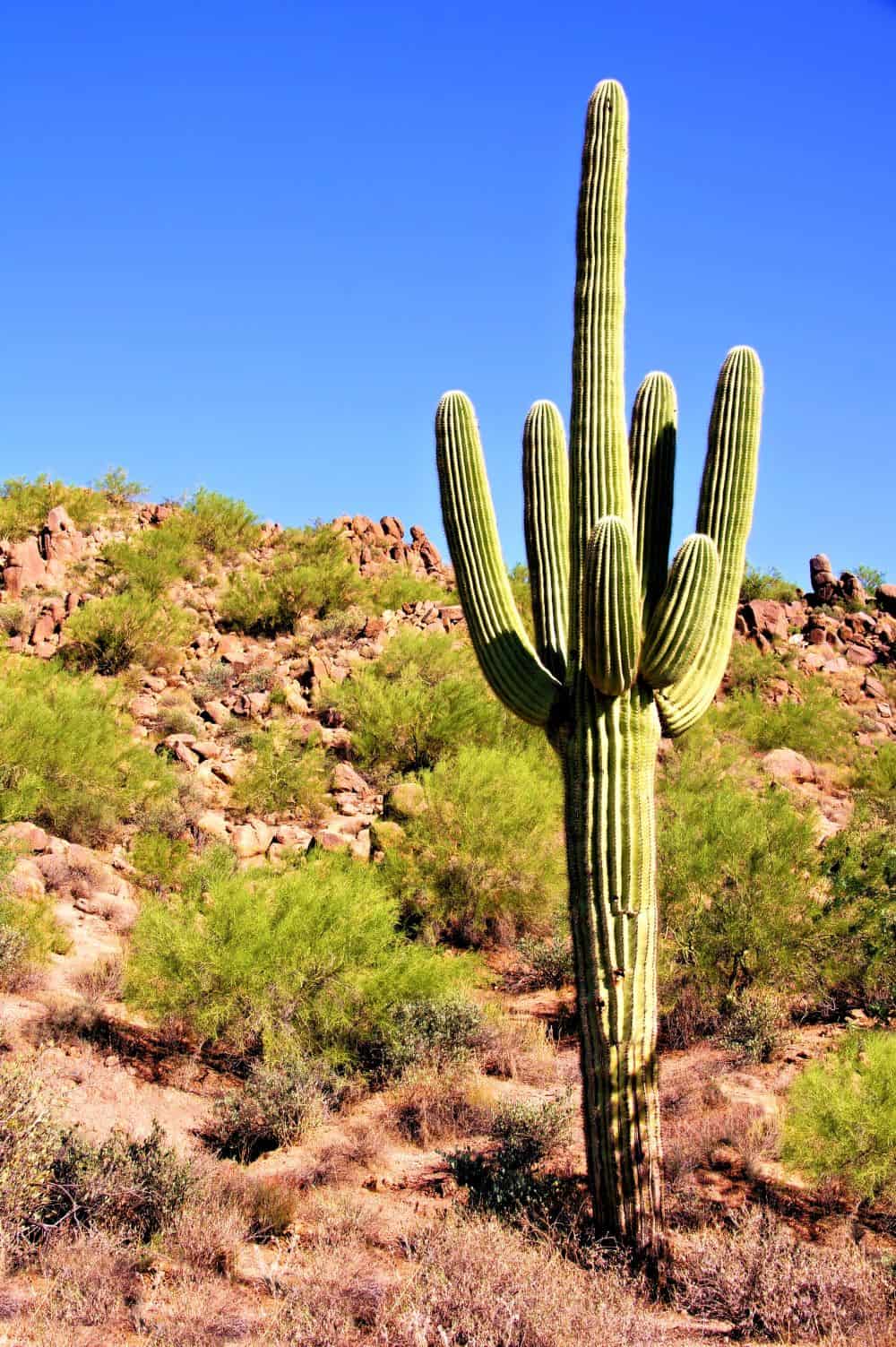
This survival strategy is especially vital for succulents living in extreme temperature zones. You won't be able to tell by their look, but Saguaro cacti often go through periods of estivation.
Geophytic Adaptations
'Living stones' (Lithops) and similar succulents are geophytes, meaning they have underground storage organs.
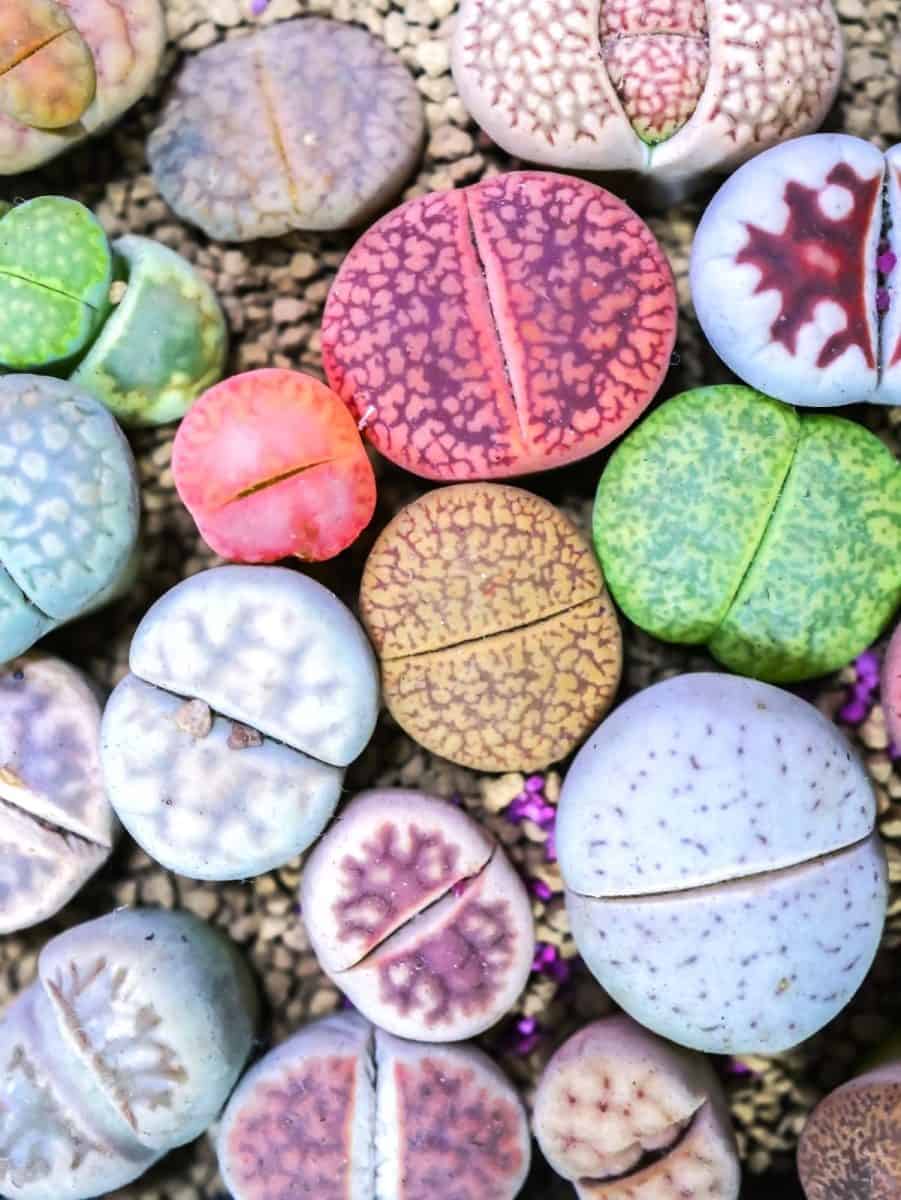
These adaptations allow them to virtually disappear underground during extremely arid periods, utilizing stored water and nutrients to survive until the environment becomes more hospitable.
Aerial Roots in Climbing Succulents
Some climbing succulents, like certain Rhipsalis species, develop aerial roots. These roots help the plant cling to its support structure and also absorb water and nutrients from the air.

This adaptation is particularly useful in environments where the soil might not provide sufficient sustenance.
Color Changes as Stress Response
Succulents can change color in response to environmental stressors like intense sunlight, temperature fluctuations, and water scarcity.
These color changes are due to increased concentrations of protective pigments like anthocyanins and carotenoids. It's not just a beauty show; it's a survival strategy!
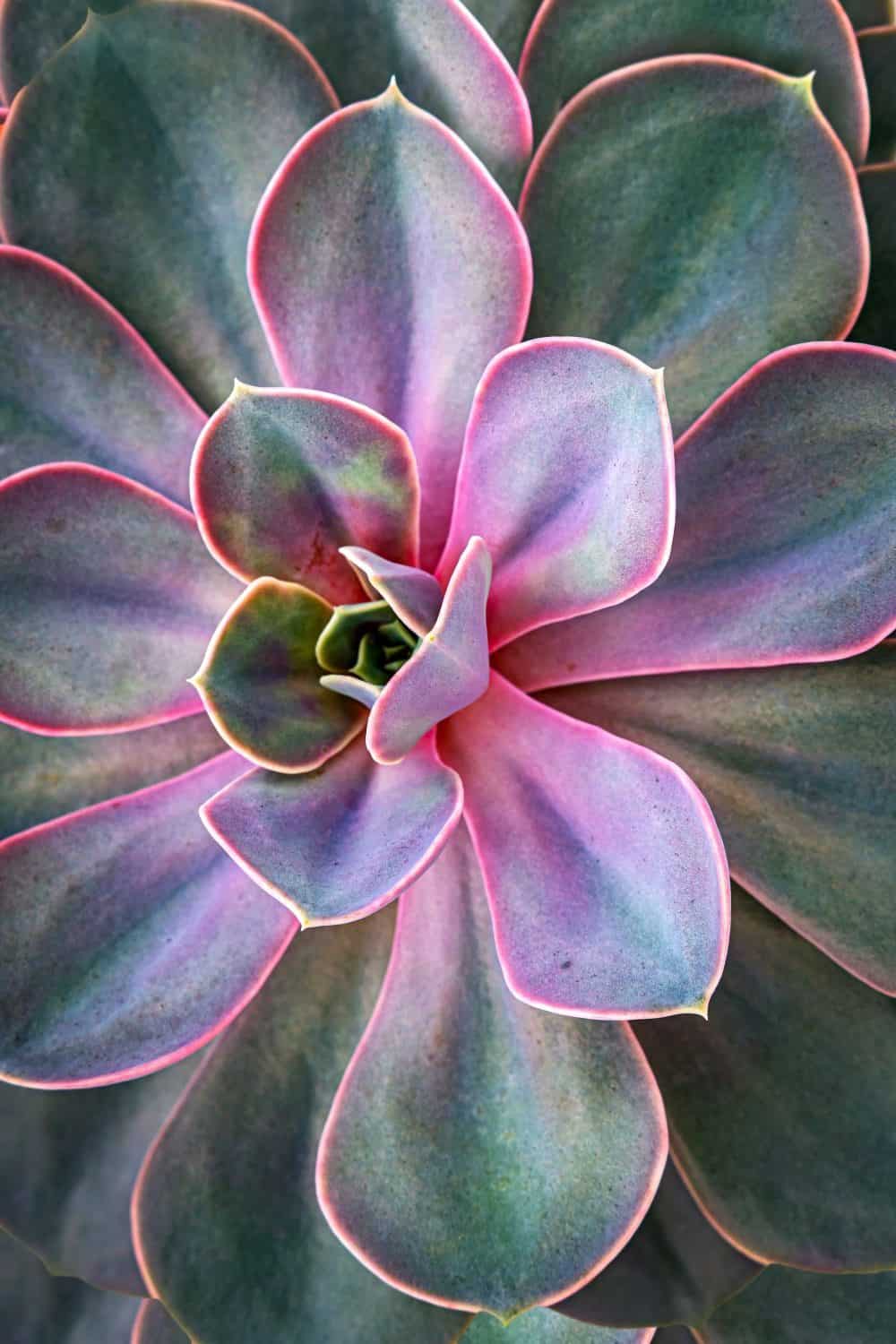
A great succulent to illustrate color changes is the Echeveria genus, particularly varieties like Echeveria 'Perle von Nürnberg' or Echeveria 'Afterglow'. These are popular among succulent enthusiasts for their striking color transformations.
Read more: Here’s Why Color Change In Succulents Is Not Always Good
Halophytic Succulents
Some succulents are halophytes, which means they can tolerate or even prefer salty soils.
They have adapted to these challenging conditions in various ways, such as specialized salt excretion glands. These succulents are masters at making the most out of tough soil conditions.
a good example is the genus "Sedum," specifically Sedum spathulifolium, also known as "Broadleaf Stonecrop."
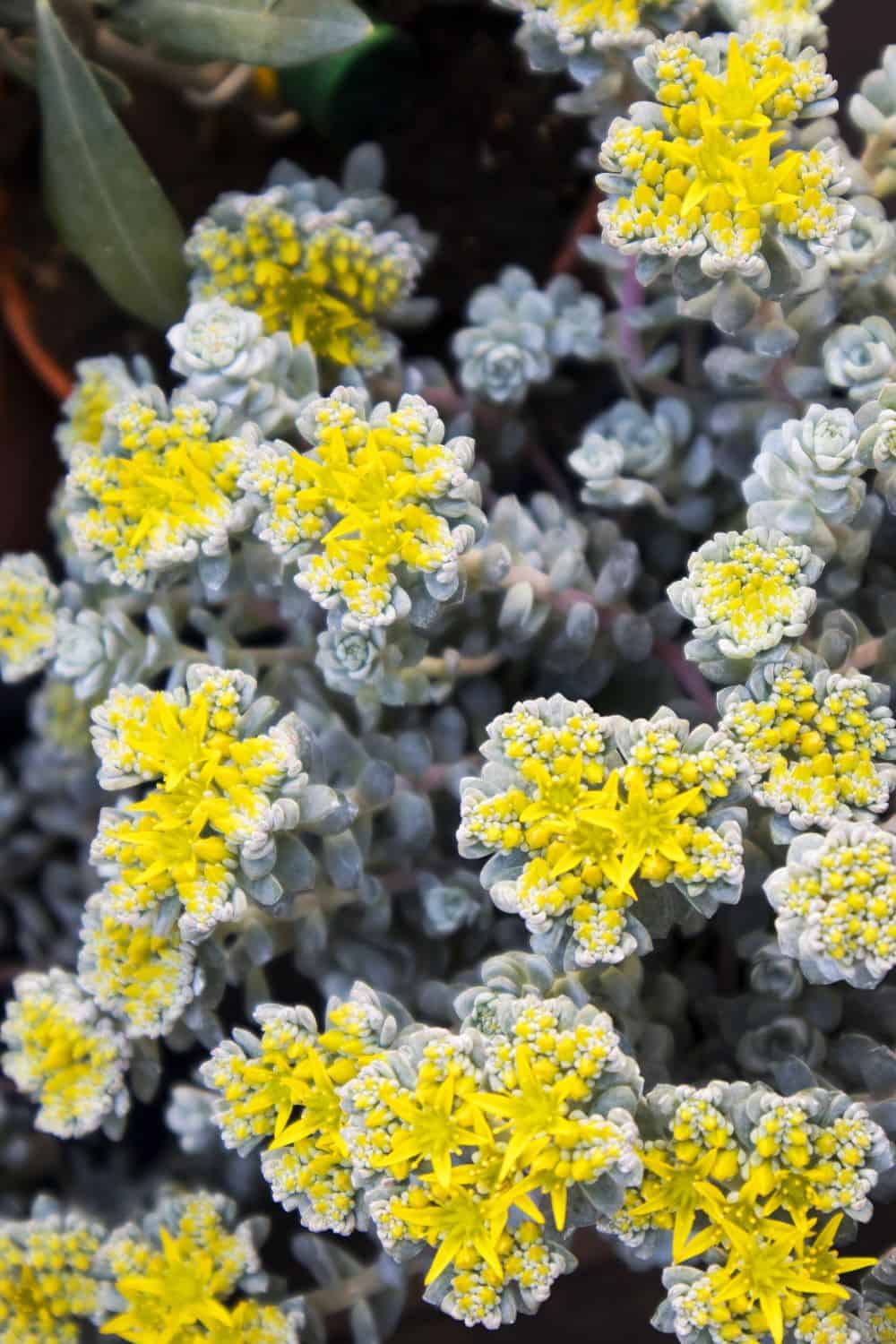
Specialized Photosynthetic Pathways
While most plants are busy with photosynthesis during the day, succulents use a special method called Crassulacean Acid Metabolism (CAM).
Instead of opening their stomata (tiny pores on leaves) during the day, succulents open them at night. By taking in CO2 at night and storing it as malic acid, they minimize water loss in dry environments. Then, during the day, they close up to conserve water and use that stored CO2 for photosynthesis.
Aside from the CAM process, some succulents use another method known as C4 photosynthesis.
This adaptation also helps reduce water loss and capture carbon dioxide more efficiently in harsh conditions. By separating the processes of capturing CO2 and its conversion into sugars, C4 succulents optimize their photosynthetic efficiency.
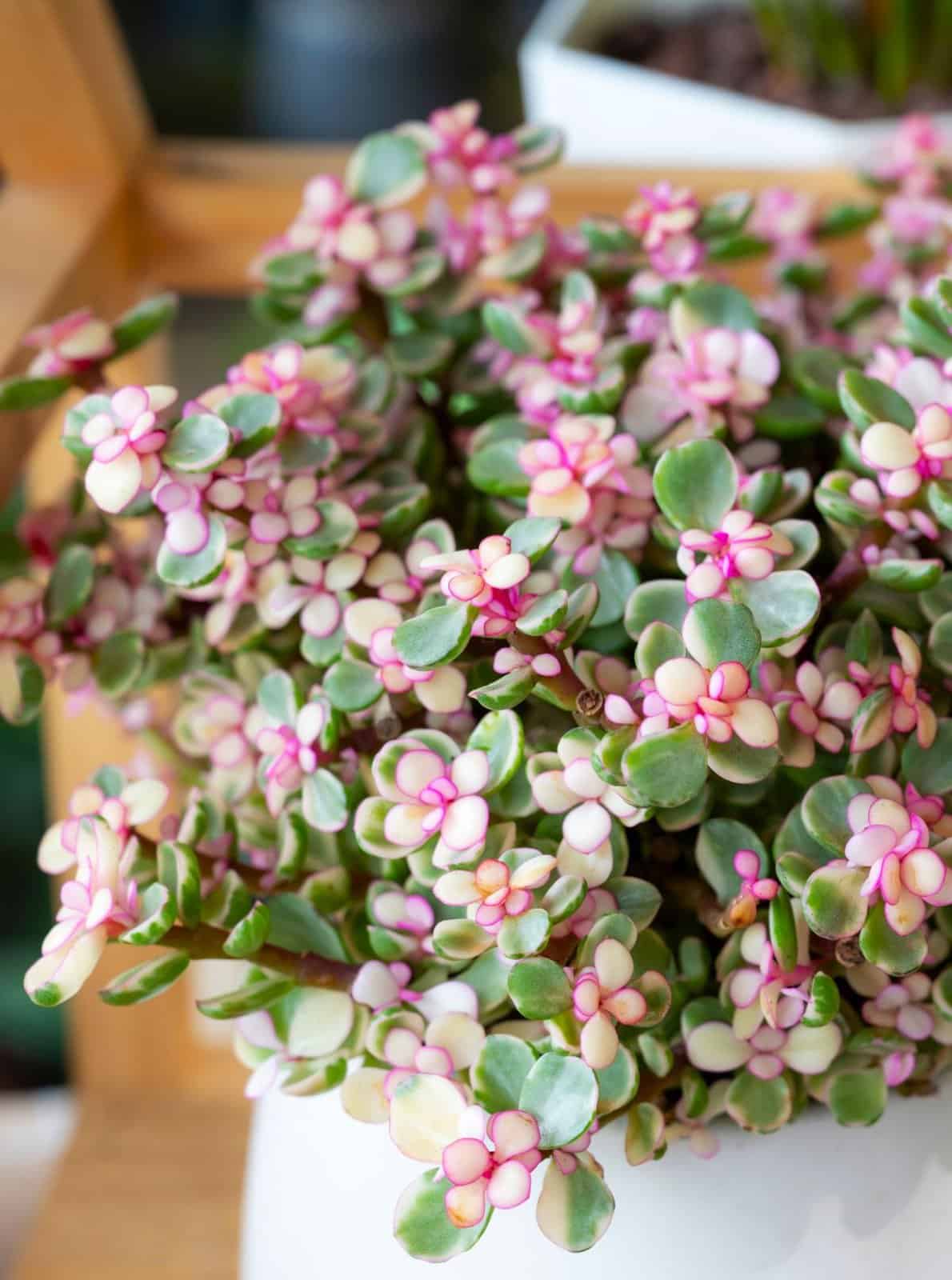
Portulacaria afra, commonly known as Elephant Bush or Dwarf Jade, is a succulent that utilizes C4 photosynthesis, making it particularly well-suited for indoor environments where humidity levels are often lower than in their natural habitat.
Succulent Send-off
From sunbathing Echeverias to the salt-loving Sedum, our succulent pals show off some truly spectacular survival skills.
Whether it's turning sunlight into energy at night or sprouting new life from a single leaf, these desert darlings are full of surprises.
So, the next time you gaze at your green buddies, remember there's more to them than meets the eye. Keep nurturing these resilient beauties and share the wonder of their remarkable world with everyone you know.

Thank you for this usefull information, I have a few succulents, I know they don’t like a lot of water, didn’t know how they do thier photosynthesis at night, these are great living plants!